Introduction
Benoquin cream, a topical skin depigmentation treatment renowned for its effectiveness in managing vitiligo, has sparked curiosity among individuals wondering if it extends its benefits to other skin conditions. This article explores the intriguing possibility of Benoquin’s application beyond vitiligo. While we delve into the world of Benoquin and its potential, it is vital to remember that its primary purpose remains the treatment of vitiligo. However, understanding its mechanism of action, safety profile, and how it might be considered for other skin concerns is a topic worth exploring. Join us on this journey to discover whether Benoquin can indeed work wonders for non-vitiligo-related skin conditions.
Understanding Benoquin cream
Benoquin cream is a topical depigmentation treatment containing the active ingredient monobenzone. It functions by reducing melanin production in the skin, leading to depigmentation. Primarily recognized for its effectiveness in treating vitiligo, Benoquin’s mechanism of action involves targeting the excess melanin in affected areas, helping to achieve a more even skin tone. While its success in managing vitiligo is well-established, its utility for other skin conditions is a subject of interest. Understanding how Benoquin interacts with melanin and its effects on pigmentation is crucial when considering its potential applications for various skin concerns beyond vitiligo.
Benoquin for Non-Vitiligo Skin Conditions
While Benoquin cream is primarily designed for vitiligo treatment, its potential use for non-vitiligo skin conditions has piqued interest. Some individuals with hyperpigmentation or hypopigmentation issues wonder if Benoquin could provide relief. It’s important to note that Benoquin’s efficacy varies widely for different conditions, and results may not be consistent. While it might be considered for certain cases, such as post-inflammatory hyperpigmentation, it’s essential to consult a dermatologist before use. Understanding its potential applications and limitations for non-vitiligo skin conditions can help individuals make informed decisions regarding its suitability as a treatment option.
Safety and Side Effects
Safety and side effects are paramount considerations when using Benoquin cream. While it can be effective for treating vitiligo and certain non-vitiligo skin conditions, it’s crucial to be aware of potential adverse effects. Common side effects include skin irritation, redness, and itching, particularly in the early stages of use. Long-term use may result in irreversible depigmentation, making it essential to follow a dermatologist’s guidance closely. Precautions, such as sunscreen application and limiting sun exposure, can help mitigate risks. Consulting a healthcare professional is vital to assess individual suitability, minimize side effects, and ensure the safe use of Benoquin.
Application Methods
Effective application of Benoquin cream is essential for achieving desired results while minimizing potential side effects. To begin, cleanse the affected area gently and allow it to dry completely. Apply a thin layer of Benoquin cream, ensuring even coverage, and massage it in. It’s advisable to start with a small amount, gradually increasing if necessary. Sunscreen with high SPF should be used during the day to protect treated areas, as Benoquin makes the skin more sensitive to UV radiation. Consistency is key, so stick to the prescribed regimen and consult a dermatologist for personalized guidance on how to use Benoquin effectively.
Alternatives to Benoquin cream
For individuals seeking alternatives to Benoquin cream (Monobenzone), several options are available for managing skin depigmentation concerns. One common alternative is topical corticosteroids, which can help reduce inflammation and even out skin tone. Another option is the use of topical retinoids, which promote skin cell turnover and may improve pigmentation irregularities. Chemical peels and microdermabrasion are non-invasive procedures that can address pigmentation issues by exfoliating the skin’s surface. In more severe cases, laser therapy or skin grafting may be considered. It’s essential to consult with a dermatologist to determine the most suitable alternative treatment based on individual skin conditions and needs.
Conclusion
In conclusion, Benoquin cream, primarily designed for vitiligo treatment, has raised curiosity about its potential application for non-vitiligo skin conditions. While it may have some utility in certain cases, its efficacy varies, and safety concerns must be carefully considered. Benoquin’s mechanism of action involves depigmentation through melanin reduction, making it essential to consult a dermatologist before use. Additionally, its potential side effects and long-term implications warrant caution. When exploring treatment options for skin depigmentation, alternatives such as corticosteroids, retinoids, and various procedures offer viable choices. In the end, individual skin conditions and professional guidance should dictate the choice of the most appropriate treatment approach.
As a medical researcher and blogger, Devid also enjoys writing health blogs in his free time. His blogs are known for their insightful and informative content, covering a wide range of topics related to health and wellness.

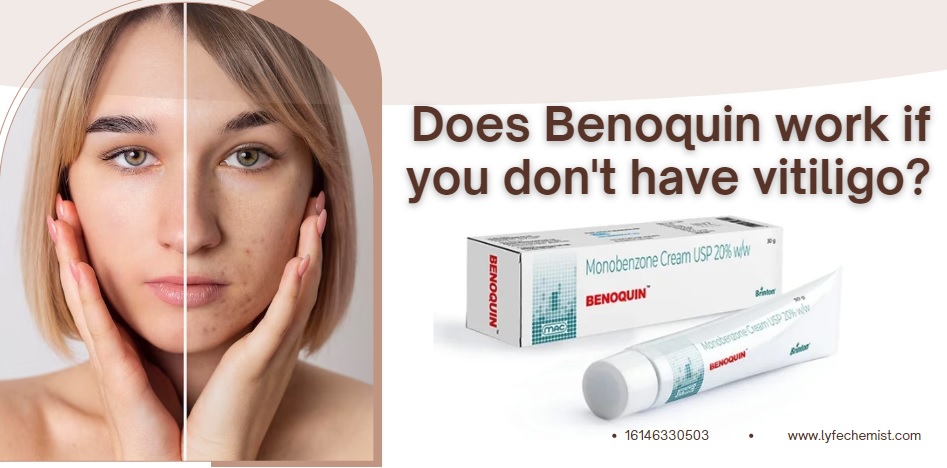
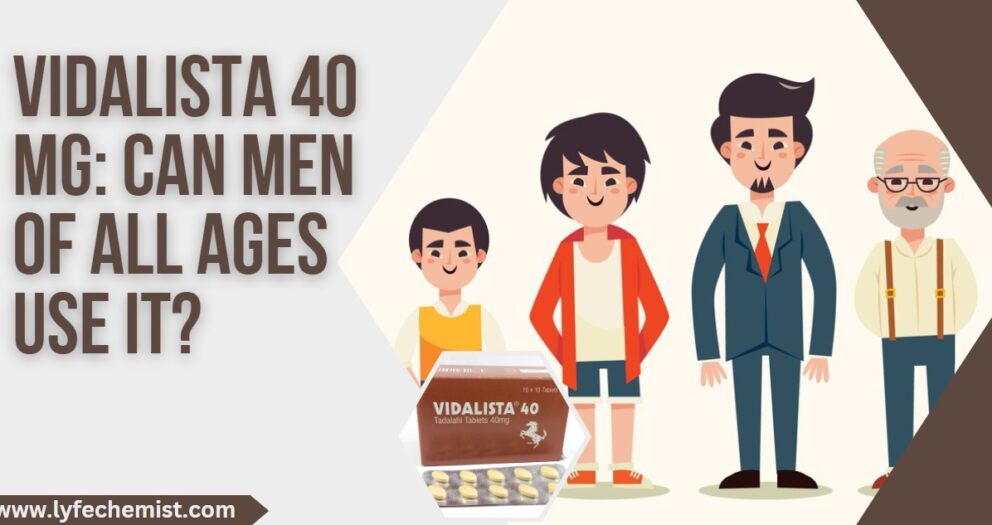

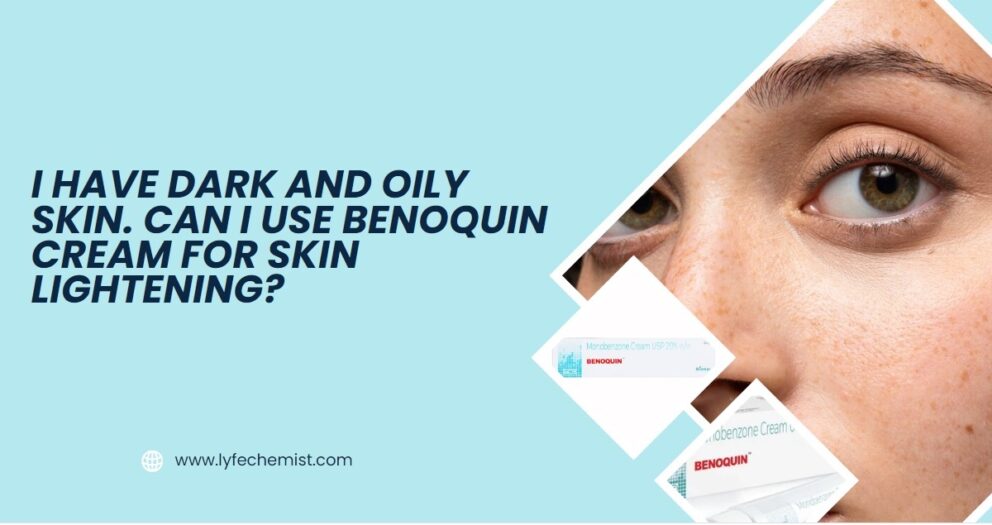
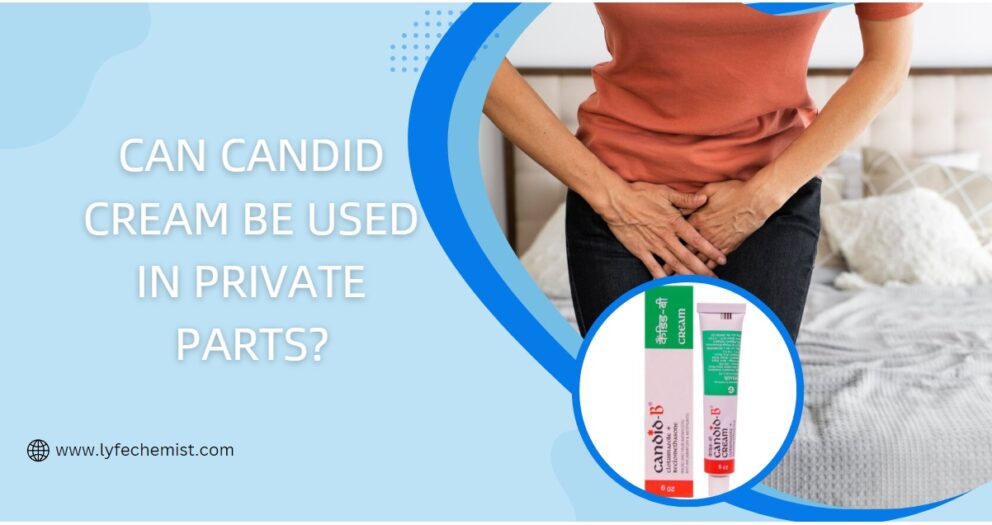
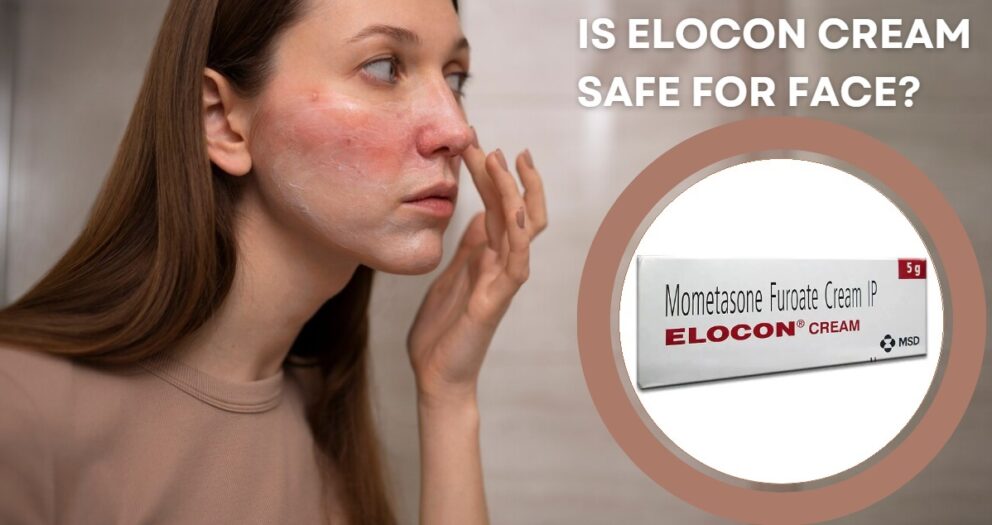
Write a comment
Your email address will not be published. All fields are required